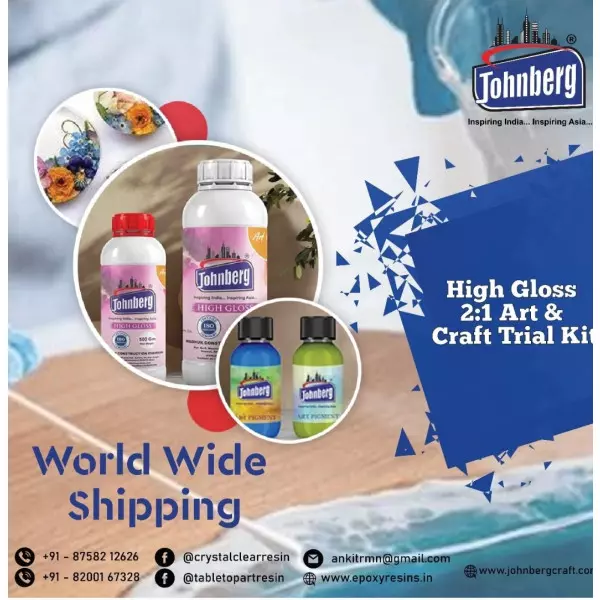High Glow In Madhya Pradesh
Details of High Glow
"High glow chemical" isn't a standardized term, but it’s commonly used informally to describe chemicals that emit intense light, often through chemiluminescence, fluorescence, or phosphorescence. Below are some notable high-glow chemicals with details about each:
1. Luminol (C₈H₇N₃O₂)
Type: Chemiluminescent
Glow Color: Blue
Used in:
Crime scene investigations (detects blood)
Glow sticks (sometimes)
Science demonstrations
Mechanism:
Reacts with oxidizing agents (e.g., hydrogen peroxide in the presence of iron or copper) to emit blue light.
2. Luciferin (from fireflies)
Type: Bioluminescent
Glow Color: Green-yellow
Used in:
Biological imaging
Firefly glow
Mechanism:
Reacts with the enzyme luciferase and ATP, emitting light with very little heat (cold light).
3. Hydrogen Peroxide + Oxalate Ester (used in glow sticks)
Type: Chemiluminescent
Glow Color: Depends on dye added (blue, green, red, etc.)
